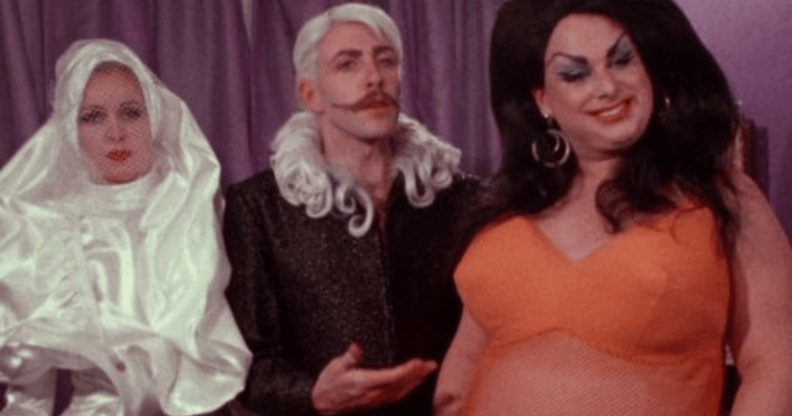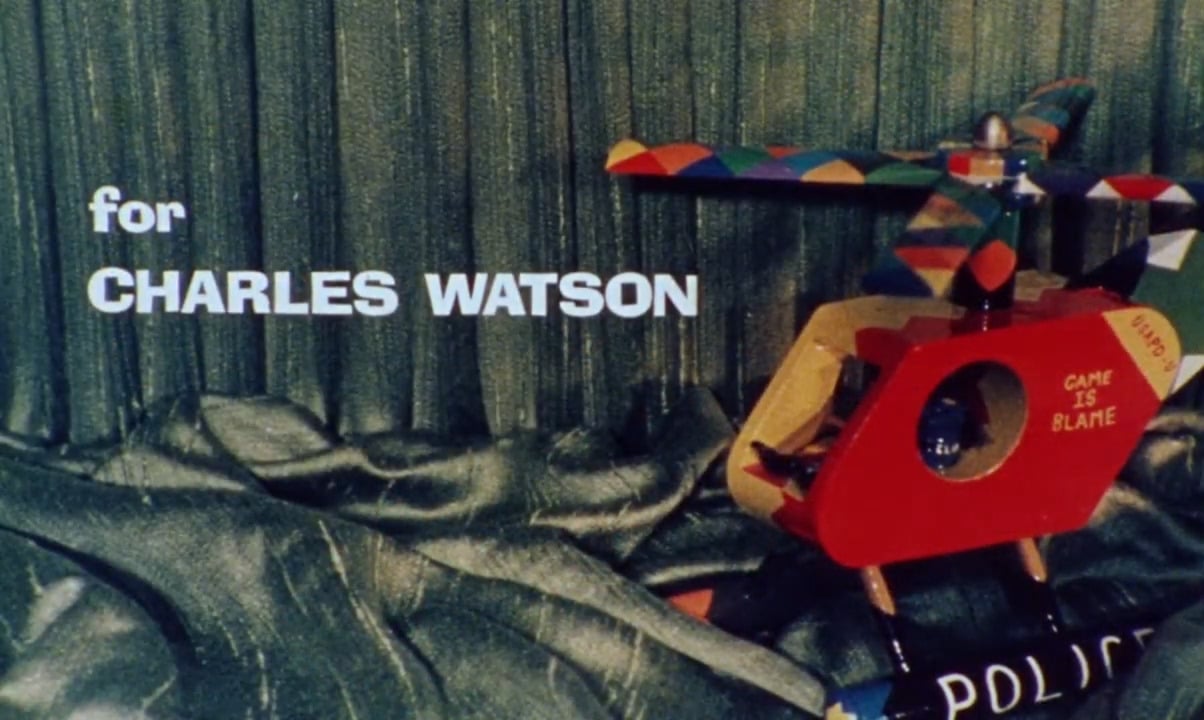Female Trouble turns 48: How John Waters’ ‘trash trilogy’ helped define queer counterculture

Donna Dasher (Mary Vivian Pearce), Donald Dasher (David Lochary) and Dawn Davenport (Divine) in John Waters’ queer cult movie Female Trouble. (YouTube)
On 11 October 1974, John Water’s delightfully trashy romp Female Trouble opened in theatres to the astounded, horrified and awe-inspired gasps from audiences across the US.
The film saw the late drag icon Divine fabulously desecrate every rule of cinema imaginable while playing the iconic role of Dawn Davenport.
Davenport, a spoiled high-school student, goes berserk when her parents refuse to buy her a pair of shoes because, as she’s told: “Nice girls don’t wear cha-cha heels”.
She proceeds to go on an adventurous, criminal rampage with beauty salon owners Donald Dasher (David Lochary) and Donna Dasher (Mary Vivian Pearce) in an effort to prove that crime and beauty are synonymous with each other.
Crime and beauty were some of the most key influences Waters had in the creation of the film, mostly due to his personal friendship with Manson Family member Charles “Tex” Watson who killed multiple people over the course of the ’60s.
In fact, during the opening credits of the film, a small wooden toy helicopter that was gifted to Waters by Watson is pictured in dedication to the murderer.

The toy helicopter that was gifted to Waters by Manson Family member Charles Watson. (YouTube)
Waters later admitted that the dedication was “irresponsible” in an interview with NPR.
“When I made movies like Multiple Maniacs and Pink Flamingos, they were made for a hippie audience to scare hippies,” he said.
“The Manson Family did that, only in real life.”
The film was divisive, to put it lightly. Some critics loved Water’s blatant disregard for the rules and restrictive filmmaking practices that they argued had turned Hollywood into an industrial content-churning machine.
Others thought that the film was just too much to handle. Movie critic Rex Reed infamously despised the film, asking in his review: “Where do these people come from? Where do they go when the sun goes down? Isn’t there a law or something?”
While it wasn’t Water’s first ferocious foray into what fans have dubbed the “trash trilogy,” it was arguably his most popular, in part due to the film being considered more palatable than its counterparts Pink Flamingos and Desperate Living, which are considered by some to be too vulgar.
The brilliance of Female Trouble is that it managed to become a timeless classic which broke the boundaries of queer cinema with a budget of just $25,000.
As a result, these films have become the backbone of an entire genre and the inspiration behind countless queer independent filmmakers who have the vision, but perhaps not the resources.
Female Trouble’s cultural impact is never overstated
Titles such as De la Terreur, Mes Soeurs! (Terror, sisters!) and The People’s Joker are just a few of the modern, queer, and irreverent films to have been inspired by the work brought to life by Waters.
But even these underground films aren’t free from the cultural pitchfork that Waters wields even to this day. He made his feelings on mainstreaming underground art abundantly clear in a Buzzfeed interview.
“Everything I’ve done has made fun of censorship. I made fun of underground art movies. I made fun of political correctness today, of gay rules,” he said.
Much of queer counterculture itself has been defined by the thought-provoking idea that it’s less the attempt at mainstreaming a particular artistic endeavor itself, but rather the concept of the mainstream that is an issue in today’s society.
In a John Waters world, setting the standard isn’t enough, because to set a standard would imply limitations, and there are no limits in trash cinema.
Additionally, he has remarked in the past that counterculture is dying because of this idea of “cult movies,” as he said in an interview for The Big Issue.
“The worst thing you can do is make a cult movie,” he said. “That means you got three great reviews and nobody went. An art film means it got a lot of good reviews and nobody went.
“There is no such thing as counterculture now. What used to be considered that is commercial now.”

